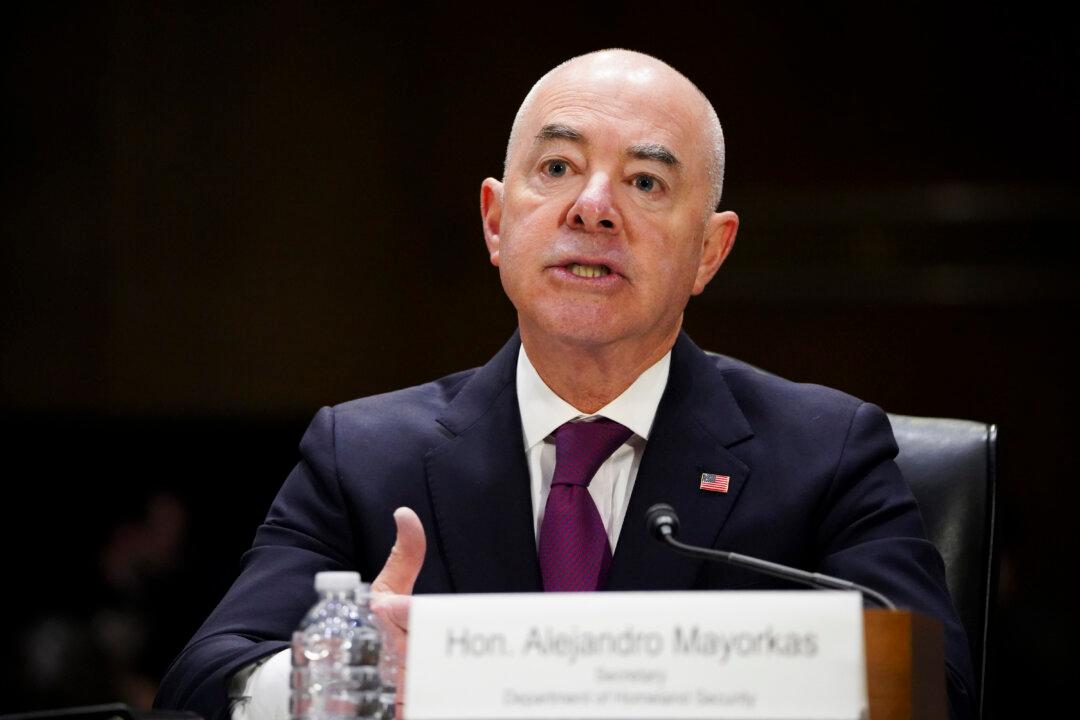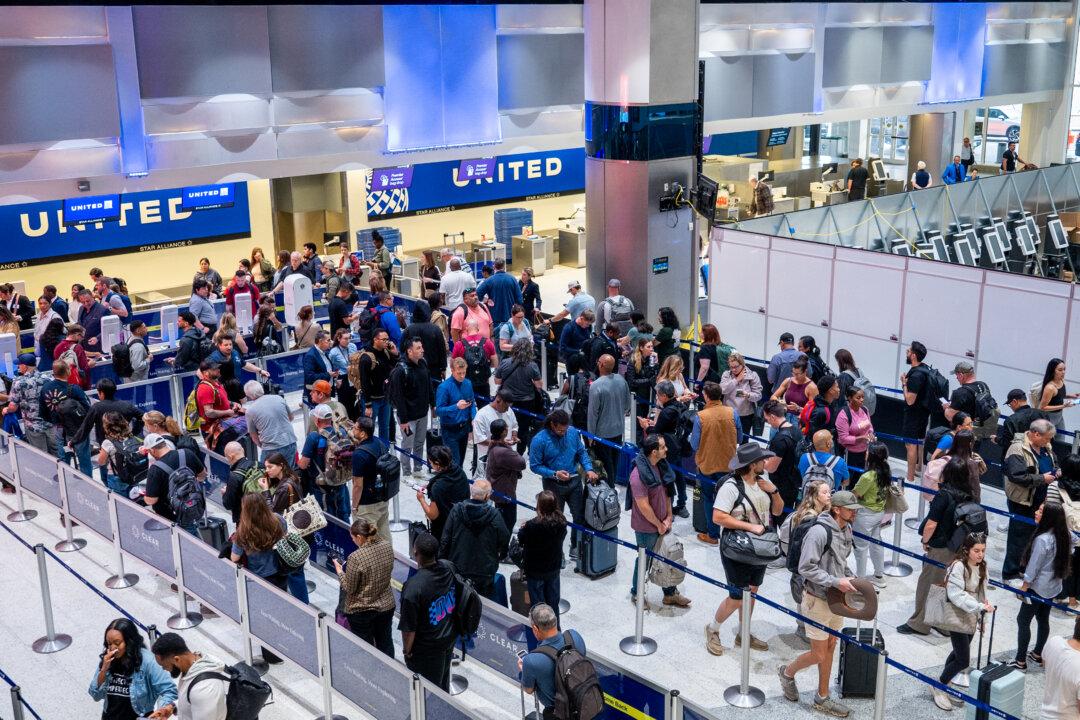A supplemental funding request from the Biden administration could give the Department of Homeland Security an additional $1.3 billion to fight the flow of fentanyl into the United States, according to the head of the department.
On Nov. 8, Department of Homeland Security Secretary Alejandro Mayorkas testified before the Senate Committee on Appropriations about a multibillion-dollar supplemental funding request filed by President Joe Biden for border security in October. He said the money would equip DHS with the people and tools it needs to prevent cartels from moving fentanyl through U.S. ports of entry.





